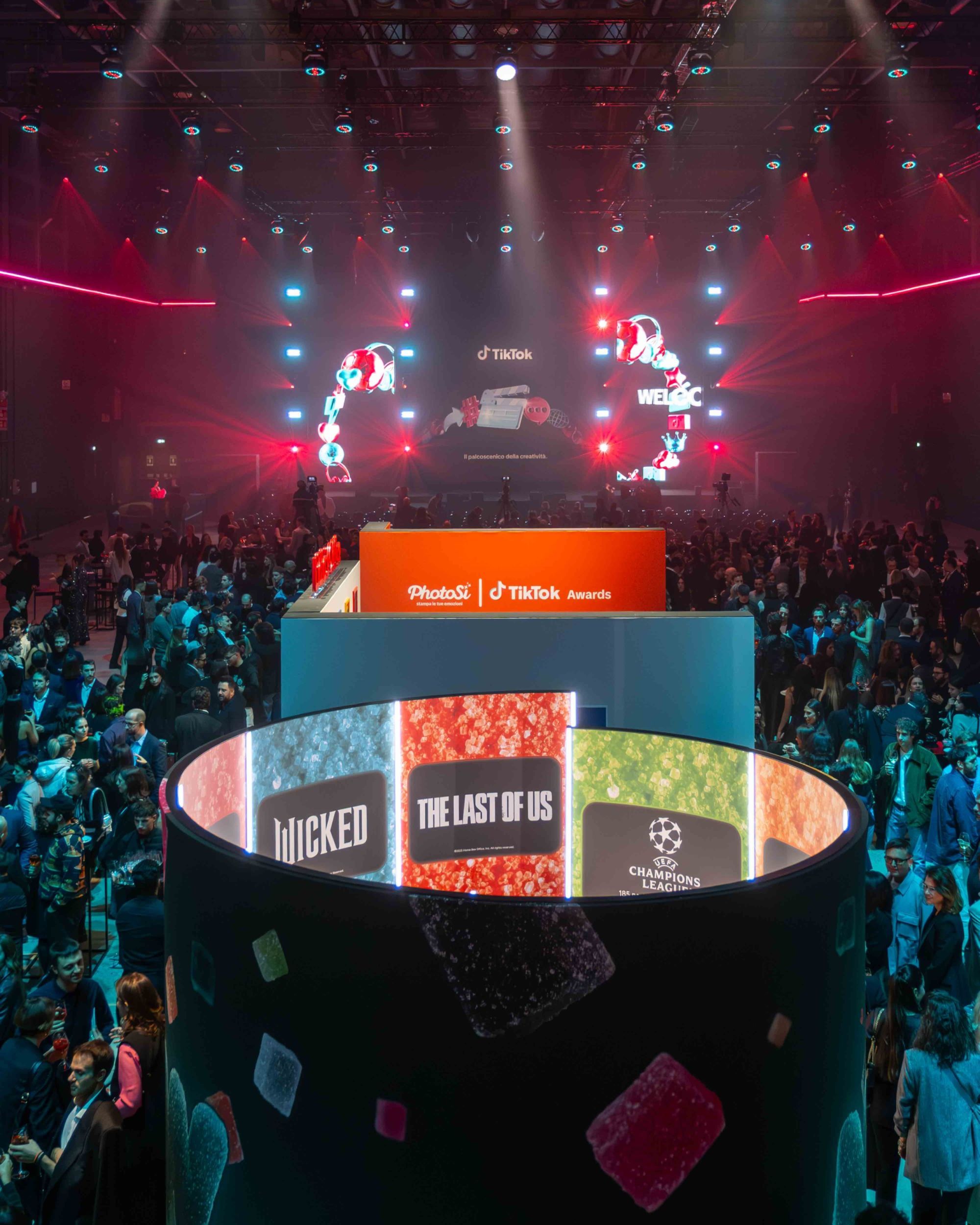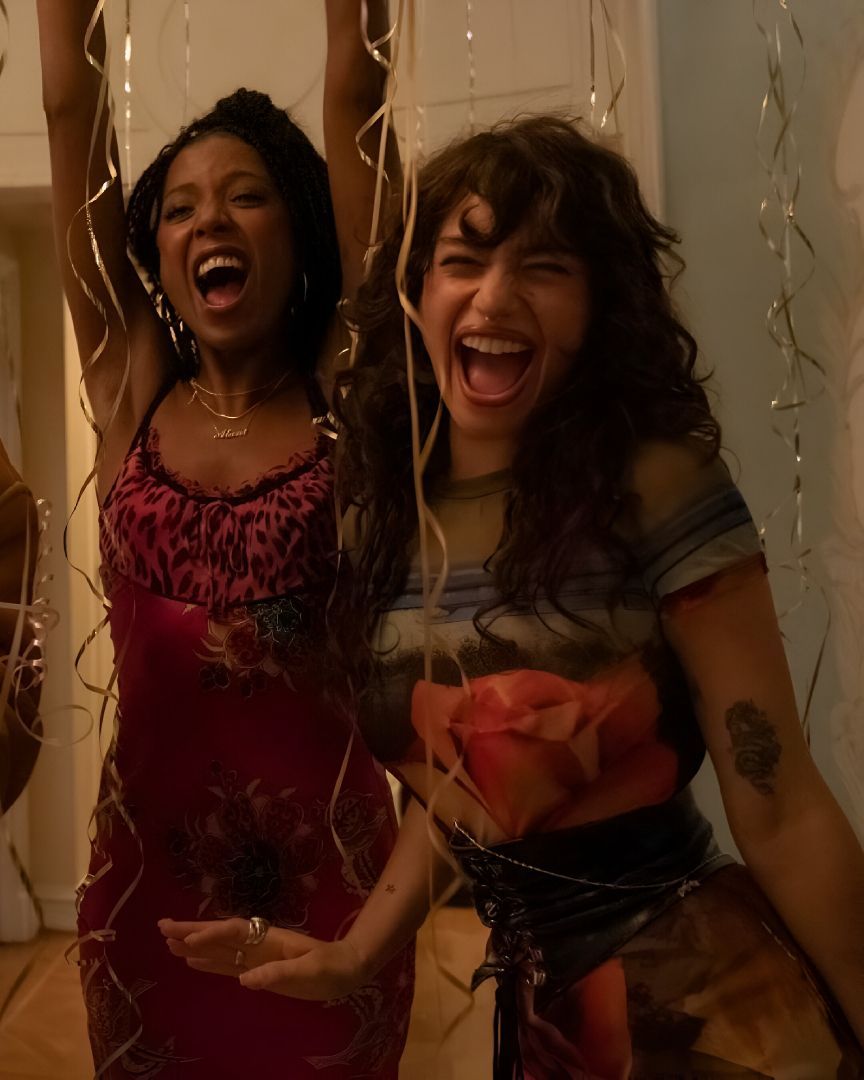
Why TikTok can never be a new Tumblr Beyond nostalgia, the differences lie in its communities
Without any doubt, TikTok is the social media of the contemporary age. If Facebook, Instagram and Twitter, which we still do not resign ourselves to calling X, are in a state of existential crisis, TikTok and its mysterious algorithm are, for better or worse, the most authentic reflection of the ways in which we consume content and information, with which we represent aspirations and ways of life. And not a few Millennials are beginning to sense a similarity between the TikTok of today and the Tumblr of 2014, a platform on which entire people grew up, developing their own aesthetic tastes and creating more or less extensive communities. Paradoxical closing of the circle is the fact that on TikTok today nostalgia abounds for the "old" Tumblr, its photographic style (see the spread of indie sleaze) but also its somewhat comfortable atmosphere, where one engaged in aesthetics for the sake of it without the mental virus of self-promotion and protagonism spreading like a fever far and wide. No less, in a phenomenon as complex as the rise of Tumblr a decade ago, there were as many negatives as positives - but is there really a difference between this platform and TikTok?
The ambivalent fate of Tumblr
The main reason Tumblr got its user because it was a place for outcasts. when yahoo bought it they had no understanding of what kind of product they are buying and so, the downfall was inevitable. (plus: Yahoo is known of destroying their own products no surprises there...)
— Suzy (@yttybf) December 3, 2018
That for Tumblr, rather than a generational infatuation, was the story of the rise and fall of a platform that, in fact, has remained largely intact today even though it has lost its relevance to TikTok. Everyone remembers Tumblr with nostalgia: it was the first platform where, by curating message boards of images that we would call moodboards today, accompanying them with music and written content, subcultures such as hipsters or emo emerged and spread. There is a key difference, however: the dominance of static images on Tumblr created a different visual richness since, on Tumblr, one did not have to stand in front of the camera, content was propagated but not always created; the emphasis on products to be consumed was less than the literal mood evoked by posting a picture of the full moon, a tattooed hand, and so on. It is no coincidence that the spread of terms like "mood" and "vibe" originated from there. But the platform was no paradise: it was there, for example, that the craze for self-diagnosing personality disorders began; it was there, above all, that self-harm and depression began to be romanticized. Between this, hostility between one subculture and another, and the disappearance of NSFW content, Tumblr went into crisis around 2014 - a moment that also coincided with its acquisition by Yahoo that altered the fundamental balance of its ecosystem. At the dawn of Instagram, Tumblr waned but its very retreat into the shadows has made it, today, a perfectly preserved platform, less culturally fervid (let us remember that it was from Tumblr that Lana Del Rey came out) but also more placid in its, shall we say, contemplative nature.
What are the differences between Tumblr and TikTok?
@rag.report who remembers? | follow for daily fashion content #tiktokpartner #learnontiktok #2014tumblr #tumblrgirl #arcticmonkeys #the1975 Lazy Sunday - BCD Studio
TikTok and Tumblr have undoubtedly left their mark on Internet culture, each with their own strengths and weaknesses. Although some aspects of TikTok may appeal to the younger generation, the general feeling is that it cannot replicate what Tumblr once offered in terms of community culture. The first and most important issue is that of commerciality: it is hard not to notice, for example, that the need to create content with meaning, thus trying to convey information, opinions, and so on, ends up with people talking only about connsumption of goods when it is not the tiktokers themselves who are the "product" to be sold, whether it is his knowledge and skills, or his shenanigans, or his thirst traps, or his pearls of wisdom spouted from the height of his own twenties. On Tumblr, for example, a video account of a model's morning routine of doing squats, drinking coffee, and even reading a book would never have been successful. Another key difference lies in the sense of community and authenticity that Tumblr cultivated. On Tumblr, users were part of various aesthetic subcultures, and microtrends had a clear visual cohesion and style identity. People were attracted to Tumblr for its niche and micro-community aesthetics that went beyond self-representation, fashion, and self-referenced content. Music, visual identity of blog pages, retrieval of old newspaper or movie scans, and even poems, books, and ways of thinking were all part of the experience, making it perhaps a more complete platform for self-expression and exploration of self and others.
Everything on tiktok is about selling products and making money - tumblr was a place to just be. For images to just solely exist for the sake of existing. Trends and the fashion that arose from that felt so much more organic than what it does now
— Maximilian Kilworth (@MaxKilworth) July 19, 2023
TikTok, on the other hand, has become more mainstream and has a different focus. Although it has shared communities and interests, the level of visual cohesion and style identity seems not to match what Tumblr once had. TikTok's curating is more focused on attaching images and knowledge to one's persona and selling oneself as a product. This emphasis on commercialization altered the way the trends themselves were born, making them less organic and and authentic than the trends that emerged from Tumblr's niche aesthetics and internet communities. Macro-trends were numerically inferior (indie, emo, hipster, and so on were in the mainstream) but existed in reality whereas today the various -core of TikTok offer suggestions that go no further than one's outfit. There is no way of "thinking" in terms of cottagecore, nor do an e-boy or an adept of the dark academia have different forma mentis - they are costumes to wear, empty cultural signifiers as cold as armor. Among other things, Tumblr offered a clear separation of different subcultures, allowing users to find themselves through the images and knowledge presented. It encouraged learning about social justice, other identities, and the search for a sense of community that were born right there, in an atmosphere that was certainly less politicized (though no less politically correct) but that pushed toward greater insight.
TikTok, as mentioned, has its strengths, the first of which is its immediacy in conveying information and the visual potential of the video format, but it is far from fully replicating the depth and breadth of Tumblr's impact in shaping collective identities. Tumblr, as mentioned, was contemplative; TikTok promotes more pantomime, the theatricalization of experience, exposure to others and for others. The issue of fandoms is also different: while TikTok serves as a meeting point for fandoms, it still does not represent the unique and distinct incubator of subcultures that Tumblr was. The anonymity and hidden subcultures of Tumblr allowed for a more engaging and dedicated experience for those within the communities precisely because of their niche nature. Music was an accompaniment to the lifestyle, so to speak, and therefore the cult of personality that is paid today to K-Pop idols but also to artists more famous for their appearance and social role than for their output, which is, indeed, generic, was nonexistent. The key to the difference, then, lies right here: Tumblr was, in some ways, about cultivating an inner world, a fantasy to be superimposed on reality or in which to escape from reality; TikTok makes reality a show, celebrating banality in some ways, highlighting the lowest common denominators of human experience.














































